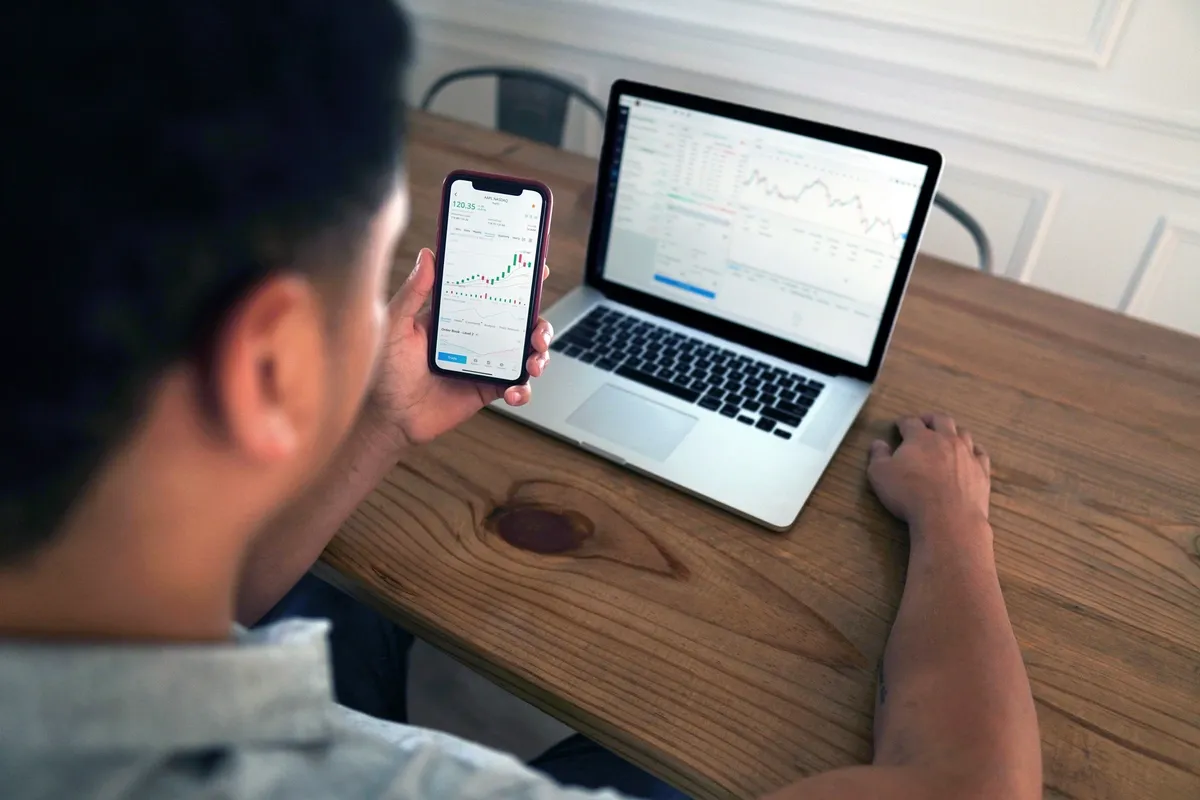
Managing finances effectively is critical for the success of any architecture firm. From budgeting and forecasting to expense tracking, implementing robust financial management practices ensures the sustainability and growth of your business. This article delves into essential strategies tailored specifically for architectural practices to help streamline financial operations and maintain a healthy bottom line.
Budgeting for Architecture Firms
Importance of Budgeting
Budgeting is crucial for architecture firms because it allows them to assess the feasibility and profitability of their projects. It provides a financial blueprint for the entire project, offering a detailed overview of costs associated with different aspects of the project, from design and materials to labor and administrative expenses (source). Effective budgeting is critical for the success and growth of architectural practices (source). It also plays a key role in setting the right client expectations and preventing misunderstandings, fostering a positive working relationship (source).
However, architecture firms face unique budgeting challenges, such as accurately tracking time, managing cash flow, hiring and retaining talent, and tracking the right metrics (source). Addressing these challenges is vital to maintaining financial stability and achieving project success.
Steps to Create an Effective Budget
Creating an effective budget involves several steps:
-
Identifying Revenue Streams and Expenses: Understanding where your income comes from and what your expenses are is the first step. This includes client payments, project costs, overheads, and unexpected expenses.
-
Allocating Resources for Different Phases of Projects: Properly distributing resources across various project phases ensures that each stage is adequately funded and managed. This includes planning for design, development, and execution phases.
-
Setting Realistic Financial Goals and Milestones: Establishing achievable financial objectives and milestones helps in tracking progress and making necessary adjustments. These goals should be aligned with the firm’s broader strategic vision (source).
Revenue projection and talent planning are also crucial steps in budgeting. Revenue projection is the money the firm expects to make in a specific time period, while a talent plan helps bridge the gaps between the firm’s needs and its resources (source).
Tools and Techniques for Budget Management
Several project management software tools can help architecture firms manage their budget effectively. These tools provide features such as time tracking, project scheduling, financial reporting, and more (source). Architecture project management software like Monograph, Deltek Ajera, and BQE Core not only assist with budgeting but also help in planning, task allocation, and client communication (source).
Budgeting techniques like top-down budgeting, bottom-up budgeting, and parametric estimating can also be utilized by architects for effective budget management. Top-down budgeting involves setting the budget based on experience, while bottom-up budgeting involves estimating the cost of each individual task or component. Parametric estimating uses statistical modeling to predict project costs based on historical data and project parameters (source).
Continuous monitoring and adjustment of budgets are crucial for effective financial management (source). This approach ensures that the firm can adapt to changes and keep projects on track financially.
Forecasting in Architectural Practices
Understanding Financial Forecasting
Financial forecasting is a crucial strategy for architecture firms, offering visibility into future cash flows and ensuring long-term financial viability. In challenging market conditions, maintaining an up-to-date financial forecast enables early detection of potential financial shortfalls, allowing for timely adjustments or securing financing before facing a cash crisis (source).
In architecture, financial forecasting often involves both short-term and long-term predictions. Short-term forecasting might include predicting hourly, daily, and monthly project expenses, whereas long-term forecasting projects financial outcomes years into the future, considering different scenarios and market trends (source).
Key Metrics for Accurate Forecasting
Several key metrics are essential for accurate financial forecasting in architecture firms. These include:
- Utilization Rate: Measures the percentage of billable hours versus total hours worked.
- Overhead Rate: Tracks the ratio of indirect costs to direct labor costs.
- Break-even Rate: Indicates the minimum amount of revenue required to cover costs.
- Net Multiplier: Reflects the ratio of net operating revenue to direct labor.
- Aged Average Accounts Receivable: Monitors the average time it takes to collect payments.
- Profit to Earnings Ratio: Assesses profitability relative to revenues.
- Net Revenue per Employee: Evaluates the revenue generated by each employee.
These KPIs help architecture firms monitor financial performance, make better billing decisions, and ensure profitability (source, source). Using historical data as a basis for predictions is also critical. For instance, firms can rely on market research data or their own historical performance to estimate future sales (source).
Implementing Forecasting Models
Several forecasting models can help architecture firms predict future revenue. Common models include:
- Pipeline Revenue Forecasting Model: Projects future revenue based on the firm’s sales pipeline.
- Backlog Revenue Forecasting Model: Estimates future revenue based on the current backlog of work.
- Bottom-up Revenue Forecasting Model (Resource-driven): Builds forecasts based on the resources needed for each project.
- Historical Performance and Effects of Change: Uses past performance data to predict future outcomes, adjusting for expected changes.
Each model has its strengths and weaknesses, and firms often combine different models to develop the most accurate forecasting approach (source). Implementing these models involves practical steps such as data collection, analysis, and regular updates to reflect changing conditions.
Expense Tracking and Management
Importance of Expense Tracking
Expense tracking plays a crucial role in the overall financial health of an architecture firm. By monitoring and recording every expense, firms can stay on budget, meet deadlines, and manage their workflow more effectively. It also aids in pricing future projects accurately, ensuring profitability and sustainability of the business (source). Common expenses that architecture firms need to monitor include rent for office space, salaries/wages for employees, utilities (electricity, water, gas, etc.), office supplies and equipment, software and technology costs, marketing and advertising expenses, insurance premiums, professional association and licensure fees, and continuing education and training costs (source).
Best Practices for Efficient Expense Tracking
To ensure efficient expense tracking, it is crucial to categorize and record expenses accurately. This can be achieved by establishing and enforcing company policies, making expense reports easy and timely for submitters and approvers, tracking and reviewing spend management by each employee and in total, paying employee expenses promptly, and issuing business spending cards to authorized employees (source).
In today’s digital world, technology plays a vital role in real-time expense tracking. Businesses are advised to choose an accounting software that can integrate with financial institutions, regularly file receipts, and review records from time to time. This aids in efficient tracking and management of business expenses (source).
Role of Minute7 in Expense Management
Minute7, with its time tracking and expense reporting features, serves as a comprehensive solution for expense management in architecture firms. The platform allows employees and contractors to track hours worked and expenses incurred from a computer or mobile app, providing real-time updates and ensuring accuracy in expense tracking. It also offers secure data storage and reporting features, allowing for streamlined expense management.
One of the key strengths of Minute7 is its seamless integration with QuickBooks. This allows for efficient and automated management of business expenses, eliminating the need for manual data entry and reducing the chances of errors. The integration also enables businesses to track expenses against specific customers, jobs, or projects, and sync that data into QuickBooks for billing, reporting, or payroll purposes.
By automating the tracking and reporting of expenses, Minute7 not only simplifies the expense management process but also delivers actionable insights that can drive business decisions, thereby contributing to the financial health and sustainability of architecture firms.
In the era of digital transformation, Technology Expense Management (TEM) has become increasingly important. TEM provides a centralized platform to track, monitor, and optimize costs and service usage, especially for cloud, telecom, and mobile technologies. By providing deep visibility into costs and any wasted technology services, resources, or assets, TEM can recommend ways to save money or better utilize purchased services (source, source). In this light, Minute7’s features align well with the principles of TEM, providing a robust solution for architecture firms to manage their expenses efficiently.
How Minute7 Supports Financial Management for Architecture Firms
Effective financial management is pivotal for the success and sustainability of any architecture firm. From budgeting and forecasting to meticulous expense tracking, a streamlined approach ensures that projects remain profitable and resources are used optimally. This article has outlined the best practices for these financial management areas, emphasizing their critical role in maintaining a healthy bottom line for architectural practices.
Minute7 offers a comprehensive solution tailored to address these financial management needs. The platform’s key features, including time tracking, expense reporting, and seamless integration with QuickBooks, provide architecture firms with the tools they need to manage their finances efficiently. Here’s how Minute7 can help:
- Simplified Time Tracking: Minute7 allows employees and contractors to log their hours worked from any device, ensuring accurate and real-time tracking. This is especially beneficial for architecture firms where project phases and labor costs need close monitoring.
- Efficient Expense Reporting: With Minute7, recording and categorizing expenses becomes straightforward. The platform supports the attachment of receipts and uses secure data storage, which helps firms maintain accurate expense records.
- Seamless Integration with QuickBooks: One of Minute7’s standout features is its integration with QuickBooks. This ensures that time and expense data flow smoothly into your accounting system, facilitating easier billing, reporting, and payroll processes.
- Mobile Accessibility: The availability of Minute7’s mobile app enhances convenience, allowing team members to manage their time and expenses on the go. This flexibility is crucial for architects who often work on-site or remotely.
- Actionable Insights: The reporting features in Minute7 provide valuable insights into financial performance, enabling firms to make informed decisions. Whether it’s tracking project costs or analyzing labor expenses, these insights contribute to better financial planning and management.
In conclusion, adopting Minute7 can significantly simplify and enhance the financial management processes for architecture firms. Its robust features and seamless integration with QuickBooks make it an invaluable tool for ensuring financial health, enabling firms to focus on what they do best—designing and executing outstanding architectural projects. For architecture firms seeking to optimize their financial operations, Minute7 stands out as a reliable and efficient solution.
For more information on how Minute7 can support your architecture firm, visit Minute7.



